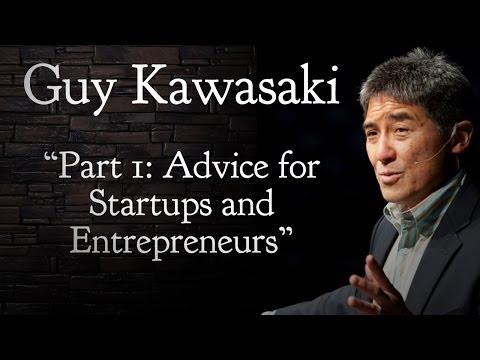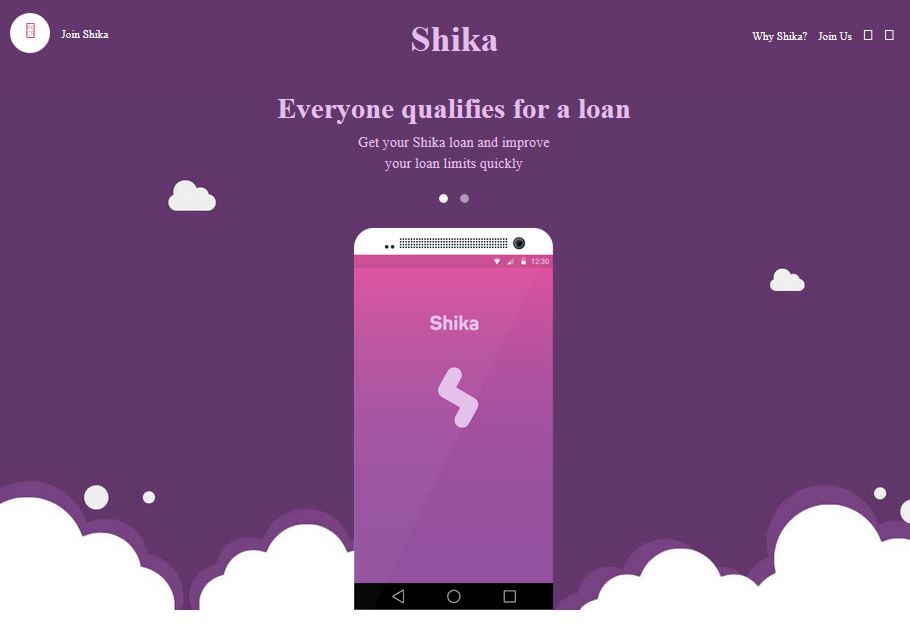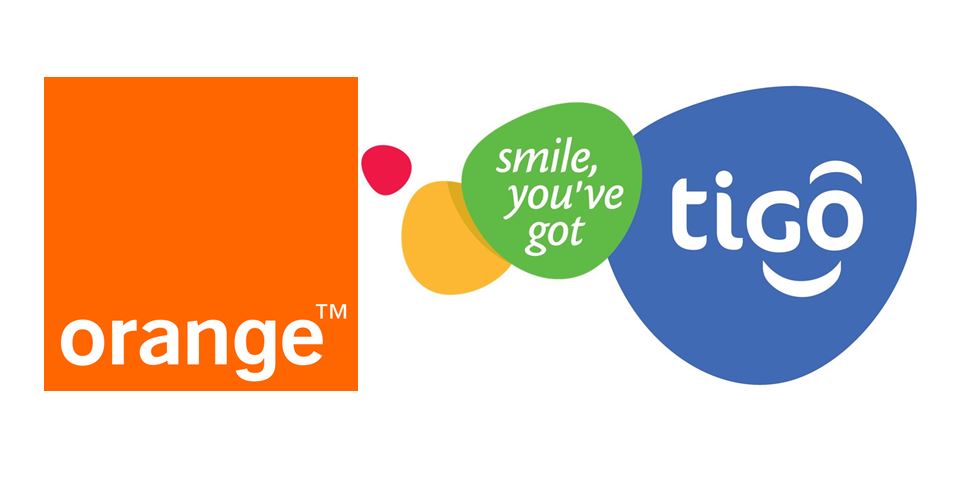I recently watched a video where motivational business speaker Guy Kawasaki was at TieCon in 2006 and got some valuable pieces of advice from him. The video is mostly from life experiences that has has had and it is interesting how he continues to evangelize Apple and Mac because of his belief in the product. This is definitely a presentation that ever startup should watch:
1. First you need a set of reasons to create a company – The number one (and often the best) reason to create a company is to make meaning i.e. to increase the Quality of Life. The 2nd reason according to Guy Kawasaki is to ‘Right A Wrong‘. According to what he says about Apple in its formative years, “MS-DOS was immoral” in that it was quite difficult to use and offered very little functionality. Apple saw it good to end that wrong in all the ways it could. The 3rd reason to start a company is to ‘prevent the end of something good‘. This I believe applies mostly to companies that are formed to keep open source projects with massive user bases alive.
The key message here also seems to be – Start out with a mission to make meaning; not money. Why? because if your focus is to make money, then you will rarely make meaning but if it is to make meaning, then you will definitely make money. That aside, just the drive to make money often attracts the wrong types of employees; something you want to avoid as a startup.
2. Drop the fancy Mission Statement and work with a Mantra that explains what you do at that company in 3/4 simple words instead. Your startup Mantra needs to be created in three or 4 short words that communicate the vision and mission of the company in the first 3 seconds the person hears it. For instance, American companies that he mentions include:
Wendy’s (A fast food Joint) – Mantra: Healthy Fast Food
FedEx (a factory to doorstep package delivery service) – Mantra: Peace Of Mind
Nike (a clothing and sports gear line with the strapline “Just Do It” – Mantra: Authentic Athletic Performance
Target – Democratize Design.
3. Get Going – and while you’re getting going, Think Differently. A big part of getting going is being able to target the right customer using the right product. Guy says that we shouldn’t be afraid to polarize people. Quite simply, your product as a startup or a company cannot possibly appeal to everybody nad hopefully this lesson can be learnt early enough in the business’ formative years. Yes, you can never have the perfect product that appeals to all demographics – If you plan to do this, then you risk creating a mediocre product.
While on the journey to create a successful company, you also need to find a few soul-mates. Guys says The Solo Entrepreneur is hugely overrated and untrue. Some cases in point, Steve Jobs had Steve Wozniak. and Bill Gates had Steve Ballmer. You need to find someone to Balance Yourself Off.
4. Define a Business Model – You also need to Be Specific and answer the question “Who is my Customer?” and “How do I get my money out of her purse?” Read this sentence carefully, it is Your Money in Her Purse. Also KISS – “Keep It Simple Stupid”.
5. Weave A MAT (Milestones, Assumptions, and Tasks) Schedule – A new company is much like a wonderful sheet of ice and it gives some amazing chances to start on a clean sheet and therefore, it can be very difficult to prioritize.
- Write down a handful of Milestones i.e. Finish the Design, ship the first version
- Write down the Assumptions – list your projected cost of customer acquisitions, and test them adequately
- Write down the Tasks – i.e. rent an office
6. Niche Thyself (Create a Niche for yourself) – Graph the ability to create/provide a unique service or product to the customer against the value of this service to the customer. (check graph below) The focus here is to do something that no one else is doing and convince your customer that you’re the only one that can do it and that they need to pay for it. (Where the X is shows exactly where you want to be in your customer’s eyes)

7. Follow the 10/20/30 Rule – This is really one of the unconventional but important slides because it talks about knowing your product and how to pitch it successfully. The first number denotes how many slides you need to in your presentation – Only 10 Slides. What is the 2nd number – it is the number of minutes you need to able to deliver these 10 slides in – 20 Minutes max. This means that if you maybe do 1.5 minutes per slide and finish on time, you can leave 5 minutes at the end for questions. Point is – You need to be able to deliver those 10 slides in 20 minutes max. The 3rd number denotes the font-size you should use for your presentation. The smallest font you should use is 30-point font. Why? Because if you put less text on a presentation, then you really need to know your material.
here’s a Little Something I have Coined up for myself:
The Amount of Words On A Presentation is Inversely Proportional to the amount of information the Presenter has about what he/she is Presenting
8. Hire Infected People – What does this mean? It means that we need to Hire people who have 3 basic things work experience, a good education, and those that love your product. Sometime it is irrelevant that they have the first two. If they do not have the first 2 but have the last one, then you may still hire them. Hiring people who Love Your Product basically is the most important part of the Matrix.
How To Hire:
Always Hire people Better than Yourself (if you are the Founder) – Yes, A Players hire A+ players.
Your competition, B players, will hire C players. C players hire D players and so forth. So always hire A+ players if you’re an A Player.
9. Lower barriers to adoption – How do you achieve this? By:
- Flattening the learning curve – make your product as easy to understand as possible
- Not asking people to do something that you yourself would not do – You won’t agree to fill 10 page customer form, neither will anyone else
- Embracing your Evangelist (treat them well, feed them with information, and let them do their work)- Greek word of brining the good news
10. Seed The Clouds – How do you do this? By:
- Letting the flowers blossom – if he ‘wrong’ customers are picking up your product, let them. It maybe just means you didn’t target as well as expected
- Enable test drives to enable sales – How? By giving some free samples to help adoption. maybe you can even give some on the free-mium model
- Find the true influencers (and early adopters) – You do not need the CXO to try the product. You need the everyday guy to embrace the product. These are the ground staff, the tech-support guys, sometimes the guys at the bottom of the foodchain
11. Do not let the Bozos grind you down – When you really think about it, it isn’t the guy who has nothing that will convince you that your product will not work; it is the guy who has everything. Startups and entrepreneurs need to find a way to block this kind of ‘environmental nay-Sayer’ noise out. Quote – The most dangerous bozo is the successful one. There have been some historical nay-Sayers. Some are:
- Thomas Watson, Chariman of IBM in 1943 said “I think there is a world market for maybe 5 computers.”
- “This telephone has too many shortcoming to be seriously considered as a means of communication. This device is inherently of no value to us.” Western Union Internal memo in 1878
- “There’s no reason why anyone would want a computer in their home.” Ken Olsen, founder of Digital Equipment Corporation in 1977
- “It’s too far to drive and I don’t see how it can be a business.” Guy Kawasaki. He was asked if he wanted to be the CEO of Yahoo and he declined the offer because he didn’t want to do a one-hour drive to and from work every day. He missed a 2 Billion payout because of this decision. Do not make this mistake.
You can watch the full speech below – it is only 39 minutes long but it could change your Life:





